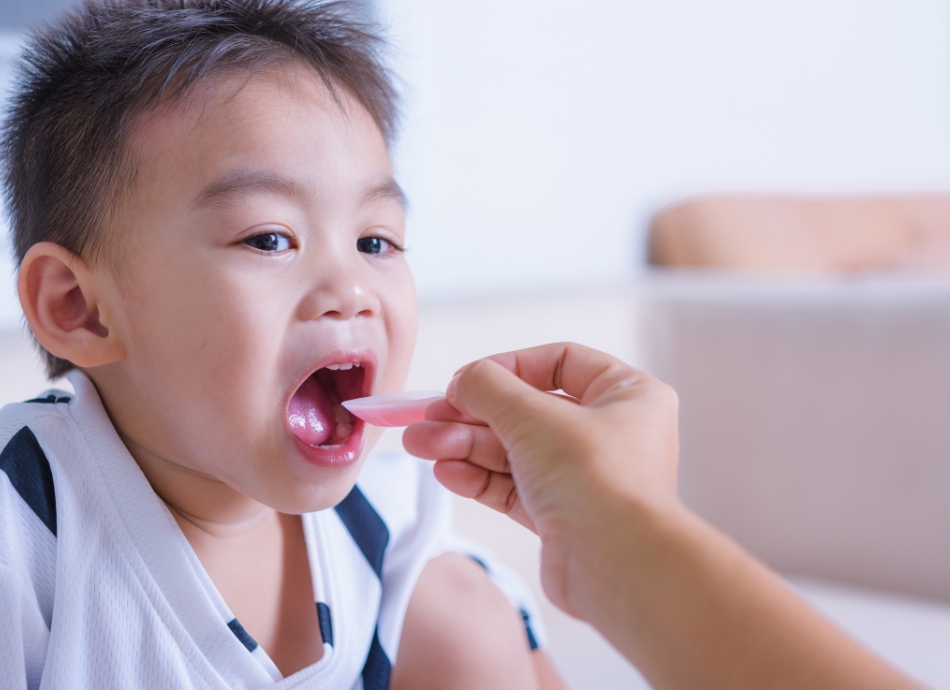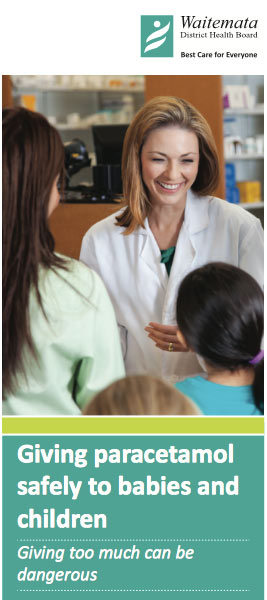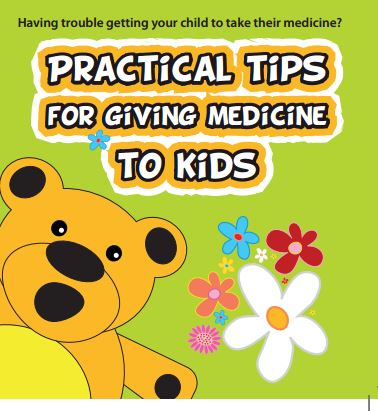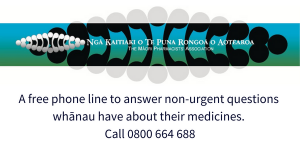Paracetamol liquid comes in different strengths
- 120 mg in 5 mL (lower strength)
- 250 mg in 5 mL (higher strength).
Always check that the dose you are giving your child is correct. To check the strength of the liquid, always read the label and do NOT rely on the colour, smell, or flavour. If you don't know what dose to give, check with your doctor or pharmacist.
For example, the Pamol brand of paracetamol you can buy over the counter at your pharmacy is available in different flavours but all the boxes in the image below contain 250 mg of paracetamol in 5 mls.
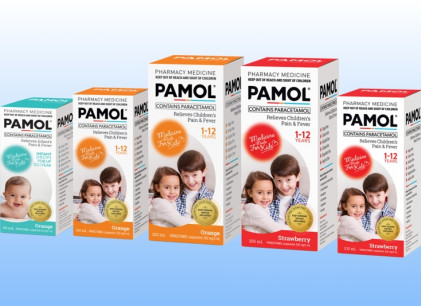
The dose of paracetamol is based on your child’s weight and not their age
- Always give the dose that's written on the bottle or package according to your child's weight. If you're not sure about how much to give your child, ask your pharmacist. Use the dosing chart below as a guide.
- As your child grows, the dose of paracetamol will need to be increased, based on their weight, to make sure they're getting the correct dose. Don't use the same dose for a different child unless they're the same weight.
Wait at least 4 hours before giving the next dose
- Don't give paracetamol more than 4 times in 24 hours and only give paracetamol if your child needs it for pain relief.
Measure the dose correctly
Measure the right dose of paracetamol using a medicine syringe or medicine spoon. You can get these from your pharmacy. Don't use a kitchen spoon as it won't give you the right amount. Read more tips on how to give medicines to babies and children.
Paracetamol dosing chart
If you're not sure how much paracetamol liquid to give your child, ask your doctor or pharmacist, or use the following as a guide:
Paracetamol dosing chart
|
| Wait at least 4 hours between doses. Don't give more than 4 doses in 24 hours. |
Child's weight
|
120 mg/5 mL
|
250 mg/5 mL
|
| Less than 5 kg |
Ask your doctor or pharmacist |
Ask your doctor or pharmacist |
| 5 kg |
3 mL |
1.5 mL |
| 6 to 7 kg |
3.5 mL |
1.5 mL |
| 8 to 9 kg |
5 mL |
2 mL |
| 10 to 12 kg |
6 mL |
3 mL |
| 13 to 14 kg |
8 mL |
4 mL |
| 15 to 16 kg |
9.5 mL |
4.5 mL |
| 17 to 18 kg |
10.5 mL |
5 mL |
| 19 to 20 kg |
12 mL |
5.5 mL |
| 21 to 22 kg |
13 mL |
6.5 mL |
| 23 to 25 kg |
14. 5 mL |
7 mL |
| 26 to 28 kg |
16.5 mL |
8 mL |
| 29 to 32 kg |
18 mL |
8.5 mL |
| 33 to 36 kg |
20.5 mL |
10 mL |
| 37 to 41 kg |
23 mL |
11 mL |
| 42 to 60 kg |
26 mL |
12.5 mL |
| More than 60 kg |
30 to 40 mL |
15 to 20 mL |
Also see: Paracetamol dose calculator.
Weigh your child and use the calculator to calculate their correct dose.



